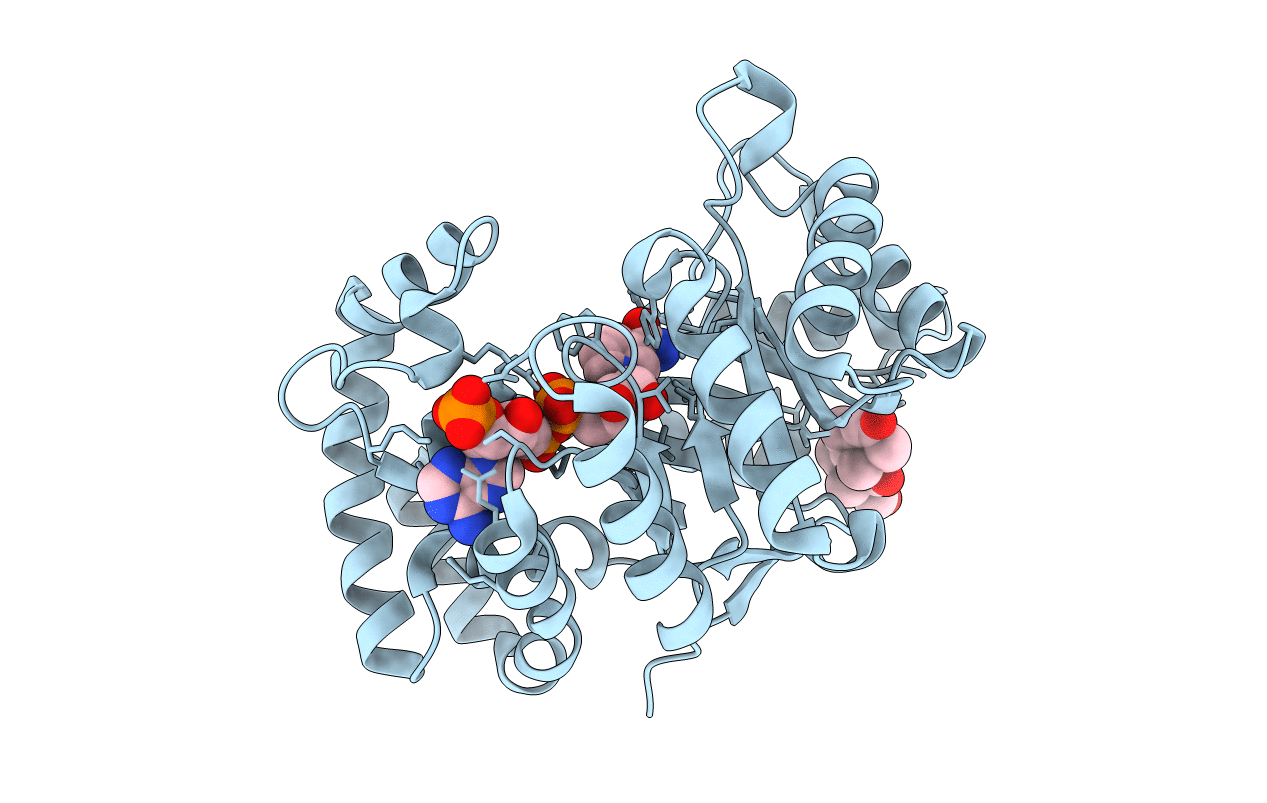
Deposition Date
2008-08-26
Release Date
2008-09-23
Last Version Date
2023-08-30
Entry Detail
PDB ID:
3EB3
Keywords:
Title:
Voltage-dependent K+ channel beta subunit (W121A) in complex with cortisone
Biological Source:
Source Organism:
Rattus norvegicus (Taxon ID: 10116)
Host Organism:
Method Details:
Experimental Method:
Resolution:
2.00 Å
R-Value Free:
0.24
R-Value Work:
0.22
R-Value Observed:
0.22
Space Group:
I 4 2 2


